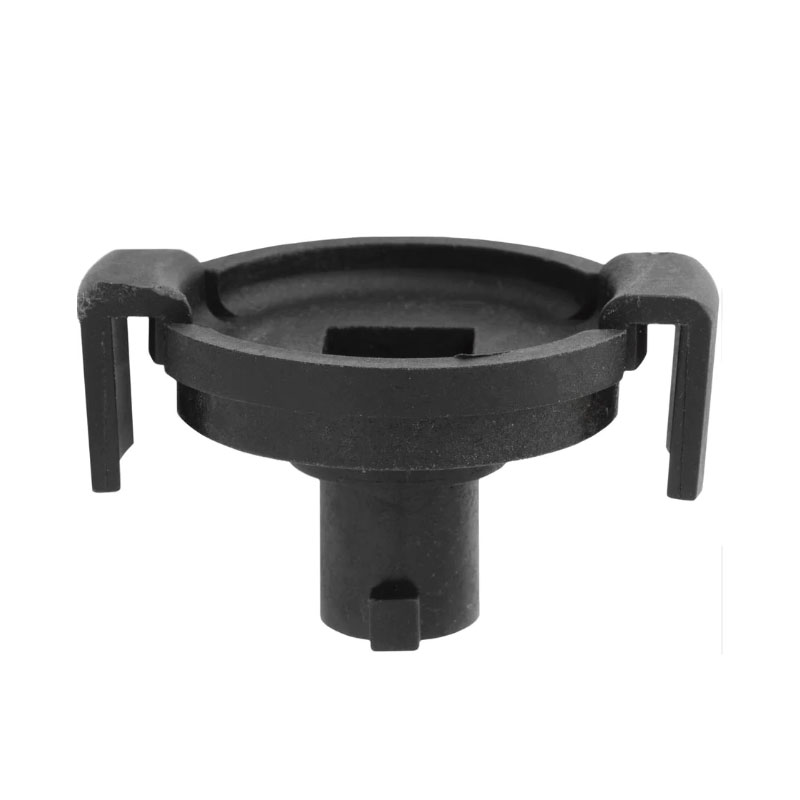Understanding the Importance of Crankshaft Gasket Seals in Engine Performance and Longevity
Understanding Crankshaft Gasket Seal Importance, Types, and Maintenance
The crankshaft gasket seal is an essential component in the internal combustion engine, serving a critical role in maintaining engine performance and efficiency. Positioned between the crankshaft and the engine block, this seal functions as a barrier that prevents oil leakage while also ensuring that the internal pressure is maintained. A well-functioning crankshaft gasket seal not only enhances engine performance but also safeguards against potential damage, contributing to the engine’s longevity.
Importance of Crankshaft Gasket Seal
The crankshaft is a pivotal part of the engine, converting linear motion from the pistons into rotational motion that powers the vehicle. However, the dynamic nature of this movement creates a high demand for sealing around the crankshaft to prevent oil leaks. A faulty or worn-out gasket seal can lead to various problems, such as decreased engine efficiency, oil spills, and even catastrophic engine failure.
If the crankshaft gasket seal fails, it can result in oil leaks, which pose a risk of engine overheating due to a lack of adequate lubrication
. This situation can also lead to contamination of engine components, ultimately compromising engine performance. Additionally, oil leakage can also cause environmental pollution, leading to potential legal/regulatory ramifications for vehicle owners. Thus, the integrity of the crankshaft gasket seal is paramount.Types of Crankshaft Gasket Seal
There are several types of crankshaft gasket seals available, each with unique characteristics and suited for different engine designs
1. Rubber Seals Commonly used due to their elasticity and ability to form a tight seal, rubber seals are popular in many modern engines. They offer good resistance to heat and oil, which helps maintain their integrity over time.
crankshaft gasket seal

2. Silicone Seals These seals provide an excellent seal in engines that experience high temperatures and pressures. Silicone seals are more flexible than rubber and can withstand a broader range of environmental conditions.
3. Felt Seals Used in older engines, felt seals are made from compressed fibers and are designed to absorb oil while providing a moderate seal. Though less common today, they are still found in classic cars and certain industrial applications.
4. Metallic Seals These seals, often made of aluminum or steel, provide superior durability and resistance to deformation under pressure. They are typically used in high-performance engine applications where extreme conditions are encountered.
Maintenance and Inspection
Regular maintenance and inspection of the crankshaft gasket seal are crucial for preserving engine health. Vehicle owners should be attentive to warning signs of a failing seal, such as oil spots on the ground where the vehicle is parked or burning oil smells while driving. Conducting routine oil level checks and ensuring that the engine is not overheating are good practices to identify potential issues early.
If a seal replacement is necessary, it’s advisable to consult with a qualified mechanic to ensure that the correct type of seal is chosen for your engine. Proper installation is equally important to prevent future leaks. Using a high-quality sealant during installation can also provide extra assurance against leaks.
Conclusion
In conclusion, the crankshaft gasket seal is a vital component that plays a significant role in the performance and reliability of an engine. Understanding its importance, types, and maintenance needs can help vehicle owners take proactive steps to ensure their engines run smoothly. Being vigilant about seal condition and opting for timely repairs can lead to enhanced engine longevity and performance, providing peace of mind on the road.
-
Understanding Automotive Oil Seals: Essential Components for Engine and Shaft Protection
News Jul.30,2025
-
The Importance of Heavy Duty Seals in Industrial and Residential Applications
News Jul.30,2025
-
Exploring Industrial Oil Seals: From Felt Oil Seals to TTO and CFW Solutions
News Jul.30,2025
-
Essential Guide to Oil Seals: From Radial to Metal-Cased Seals for Industrial Reliability
News Jul.30,2025
-
Choosing the Right Oil Seals and Gaskets for Industrial and Automotive Applications
News Jul.30,2025
-
Cassette Seals: Durable Sealing Solutions for Harsh Environments
News Jul.30,2025
-
Understanding the Front Main Engine Seal: Purpose, Maintenance, and Installation
News Jul.29,2025
Products categories















